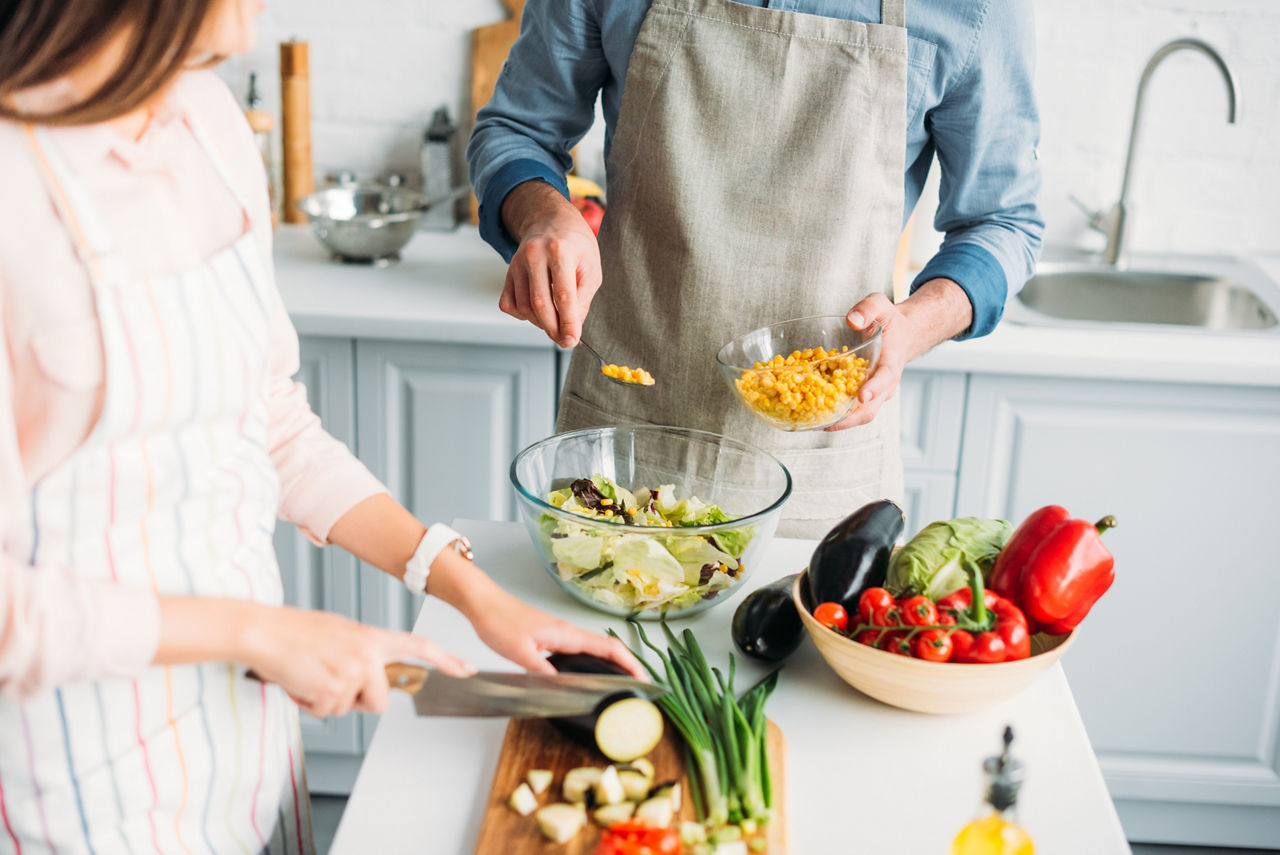Breastmilk is the best for babies. The World Health Organisation recommends exclusive breastfeeding for the first six months of life. Unnecessary introduction of bottle feeding or other food and drinks will have a negative impact on breastfeeding. After six months of age, infants should receive age-appropriate foods while breastfeeding continues for up to two years of age or beyond. Consult your doctor before deciding to use infant formula or if you have difficulty breastfeeding.
- Week 1
- Week 2
- Week 3
- Week 4
- Week 5
- Week 6
- Week 7
- Week 8
- Week 9
- Week 10
- Week 11
- Week 12
- Week 13
- Week 14
- Week 15
- Week 16
- Week 17
- Week 18
- Week 19
- Week 20
- Week 21
- Week 22
- Week 23
- Week 24
- Week 25
- Week 26
- Week 27
- Week 28
- Week 29
- Week 30
- Week 31
- Week 32
- Week 33
- Week 34
- Week 35
- Week 36
- Week 37
- Week 38
- Week 39
- Week 40
Am I Getting Enough Fibre?
Feeling bloated and gassy? You must be newly pregnant! Many women are prone to constipation during pregnancy. Fortunately, you can keep things running smoothly with a fibre-rich pregnancy diet.
If you’ve been struggling to poop, you are not alone. Constipation is a common complaint among pregnant women. Really, you can’t help it because your growing baby is putting a little pressure on your gut! (American Pregnancy)
In fact, during pregnancy, your body experiences increased progesterone levels. This causes sluggish bowel muscles, so waste stays in your large intestine for longer. As a result, your body reabsorbs water from the stools, making them firmer and harder to pass2.
Easing the Huffing and Puffing
Introducing fibre – the part of the plant that the body can’t digest. As fibre moves through the body, it helps other waste pass through more efficiently. Constipation can also be a result of not drinking enough water2 to meet increased fluid needs3.
By reaching your daily fibre goal, you can keep your digestive system running smoothly1. You can also minimise the discomfort by eating more fibre, drinking plenty of fluids and staying active.
Types of Fibre
There are two types of fibre: soluble and insoluble. Insoluble fibre does not dissolve in water and does not break down in the body. Instead, it passes through your system, absorbs water along the way and helps other foods move through.
Like insoluble fibre, soluble fibre also absorbs water. Soluble fibre makes stools softer and easier to pass.
How Much Fibre Do I Need?
Research suggests that most people aren’t getting the recommended 18 g of fibre per day4. During pregnancy, you will need up to 28 g a day8.
Key sources of fibre1 include:
• Bran and wholemeal wheat flour — used in breakfast cereals and bread
• Oats
• Brown rice
• Root vegetables, such as carrots and potatoes
• Dried fruit including apricots and figs
If you think you aren’t getting enough fibre, here are some simple fixes to increase your intake. For instance, choose wholegrain versions of foods such as bread, pasta, cereals and rice, or add extra vegetables, nuts or seeds to your meals. Leaving the skins on your fruit and vegetables where possible is also a good idea.

Connect with our team of experts
We provide advice and support for you on your parenthood journey




